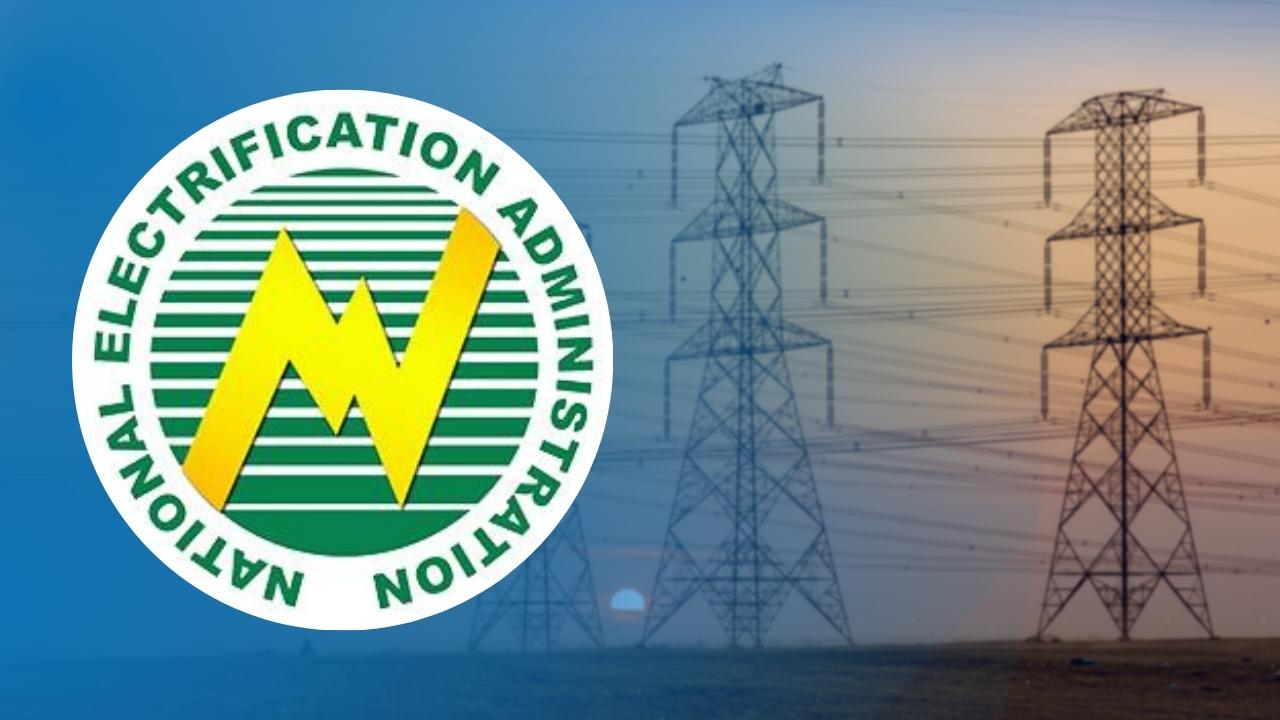DOE reviews target, funding of its total electrification program

INQUIRER FILE PHOTO
MANILA, Philippines — The government is reviewing the viability of achieving its total electrification program within the Marcos administration.
“We will be looking forward to a sectoral meeting with the President where we’re going to discuss the total electrification program and what are the challenges that we are facing,” Energy Secretary Raphael Lotilla said.
“And since the President is approaching the midterm, it is a good time to review how realistic both our targets and the funding available and that we can think of ways to hasten or to make them more realistic,” he added.
The National Electrification Administration (NEA) announced last month it was targeting to energize 94 percent of remote households nationwide this year despite the limited budget.
READ: NEA, DOE to install solar power at far-flung schools
If attained, the figure would be higher than the 91 percent electrification rate recorded in 2024.
NEA Administrator Antonio Mariano Almeda said provinces in Mindanao remain at the top of NEA’s priorities.
Lotilla said the total electrification program is attainable as long as the budget allocation is available, estimating the budget at P25 billion per year to complete it.
“So, we’ll have to — Congress appropriates on a yearly basis so we don’t know if there will be sufficient fund to support,” he told reporters.
However, the government earmarked only P1.627 billion under the 2025 General Appropriations Act (GAA) to energize about 22,000 households plus P200 million for the Electric Cooperatives Emergency and Resiliency Fund (ECERF).
This was unchanged from the year prior, according to NEA Acting Department Manager for Rural Electrification Special Program Office Raymond Napilot.
Aside from that, the NEA received P2 billion for the Photovoltaic Mainstreaming, Sitio Electrification and Barangay Line Enhancement Programs.
Despite budget constraints, Almeda reiterated the NEA’s commitment to meeting the total electrification goal by 2028.
“We are targeting by 2028, we can fully energize the whole Philippines. But, of course, that requires some funding support. Definitely, with what we have right now, we are doing our best to extend and maximize the supply of electricity in remote areas,” he said.
